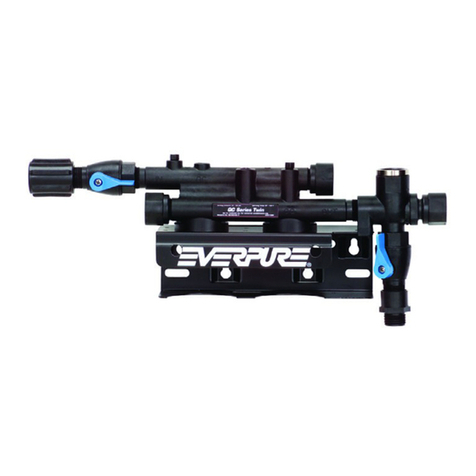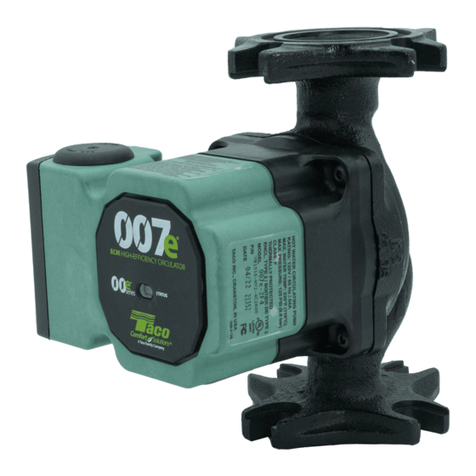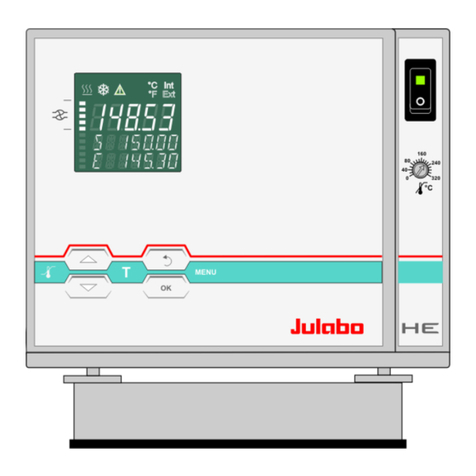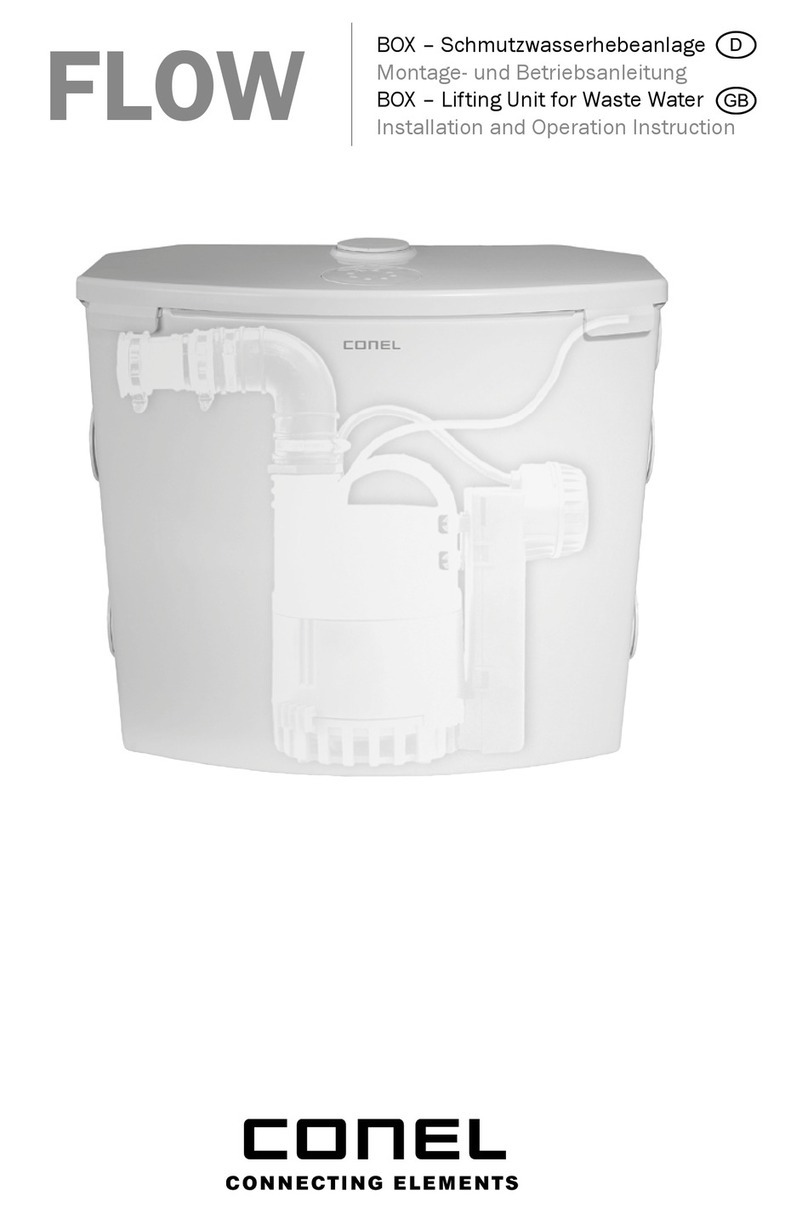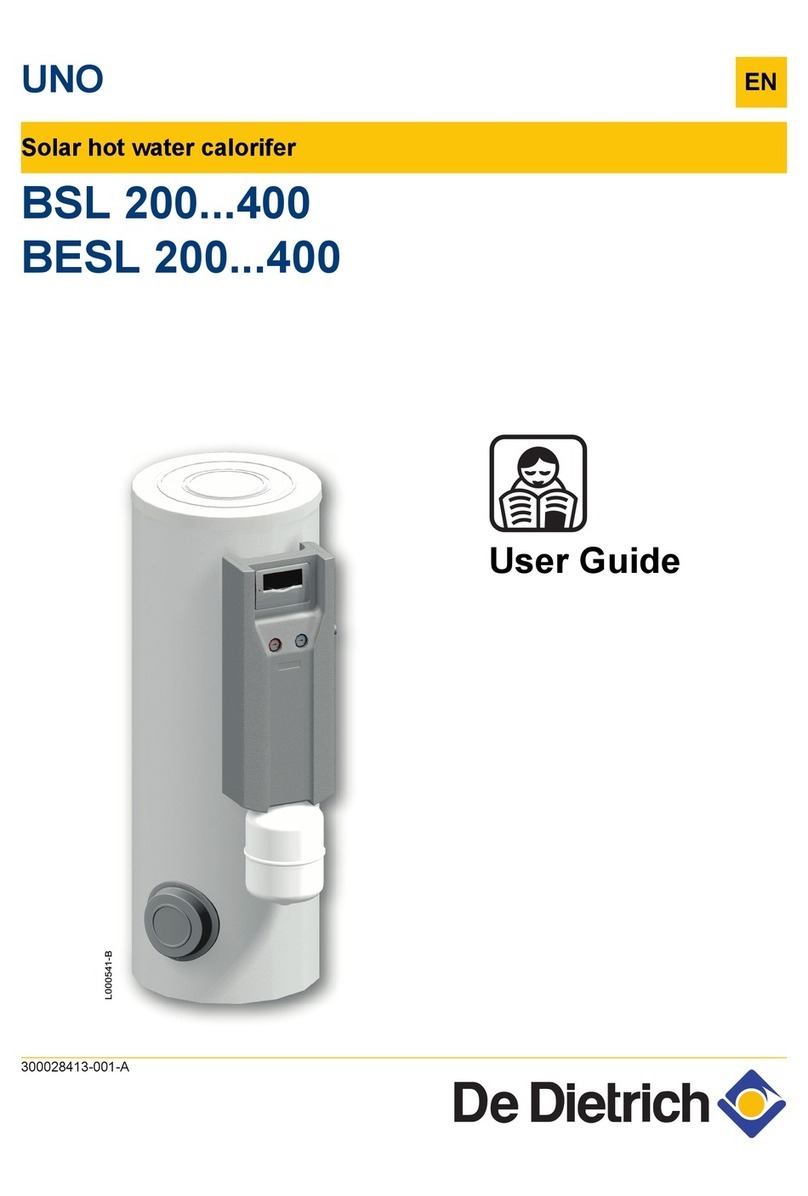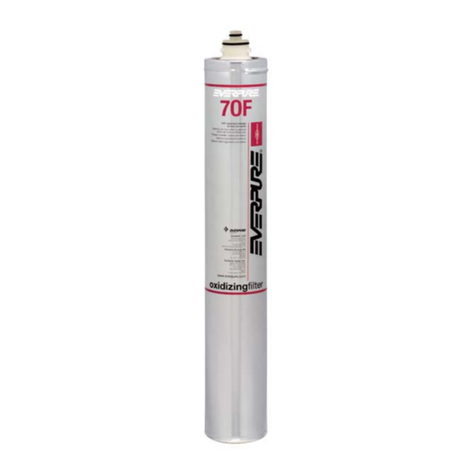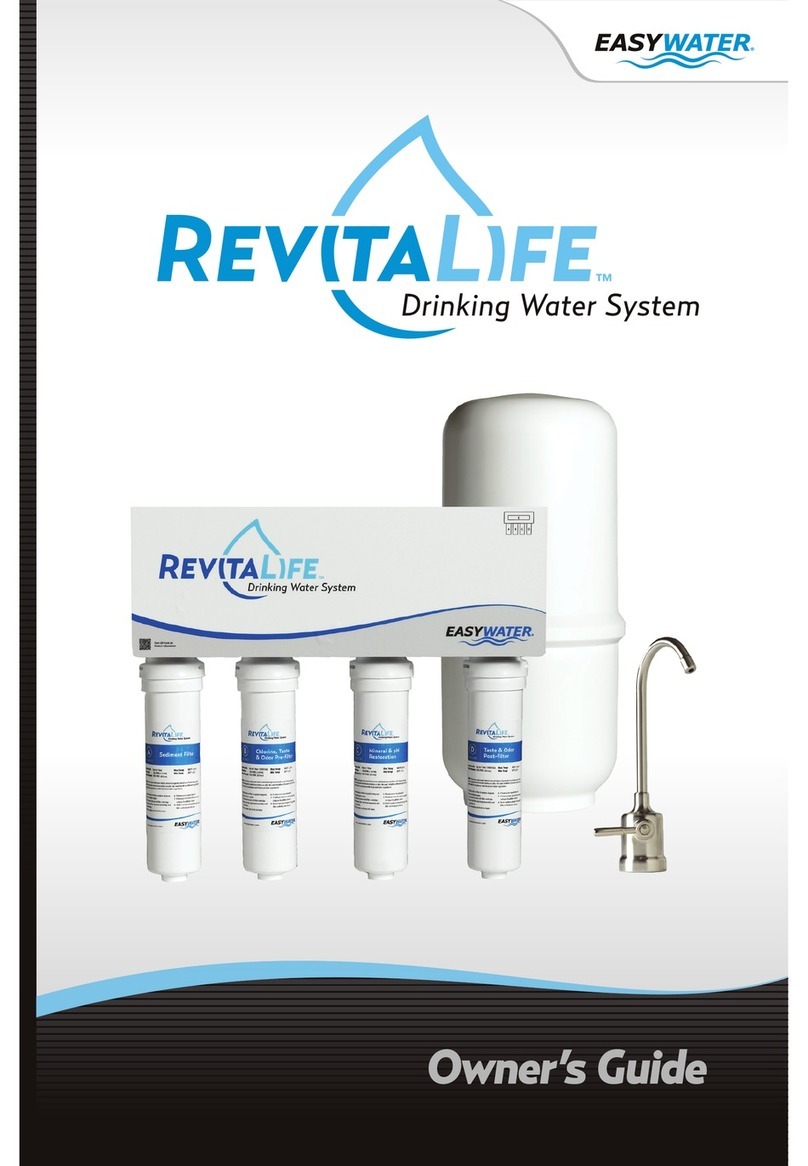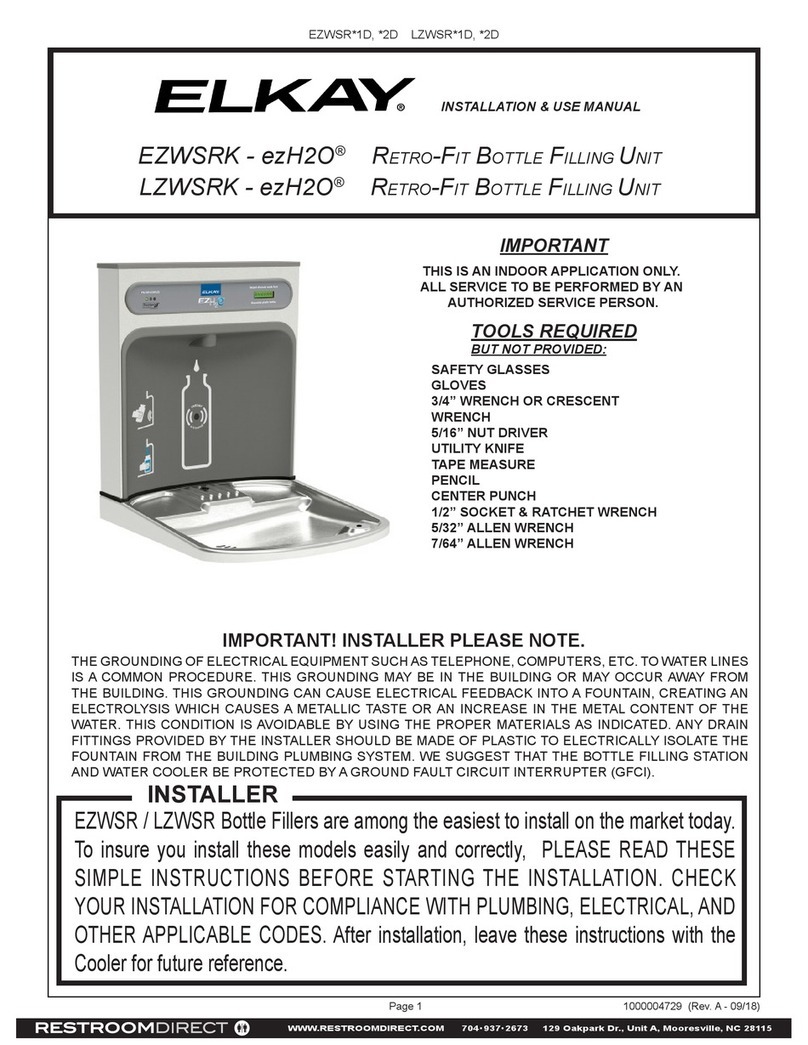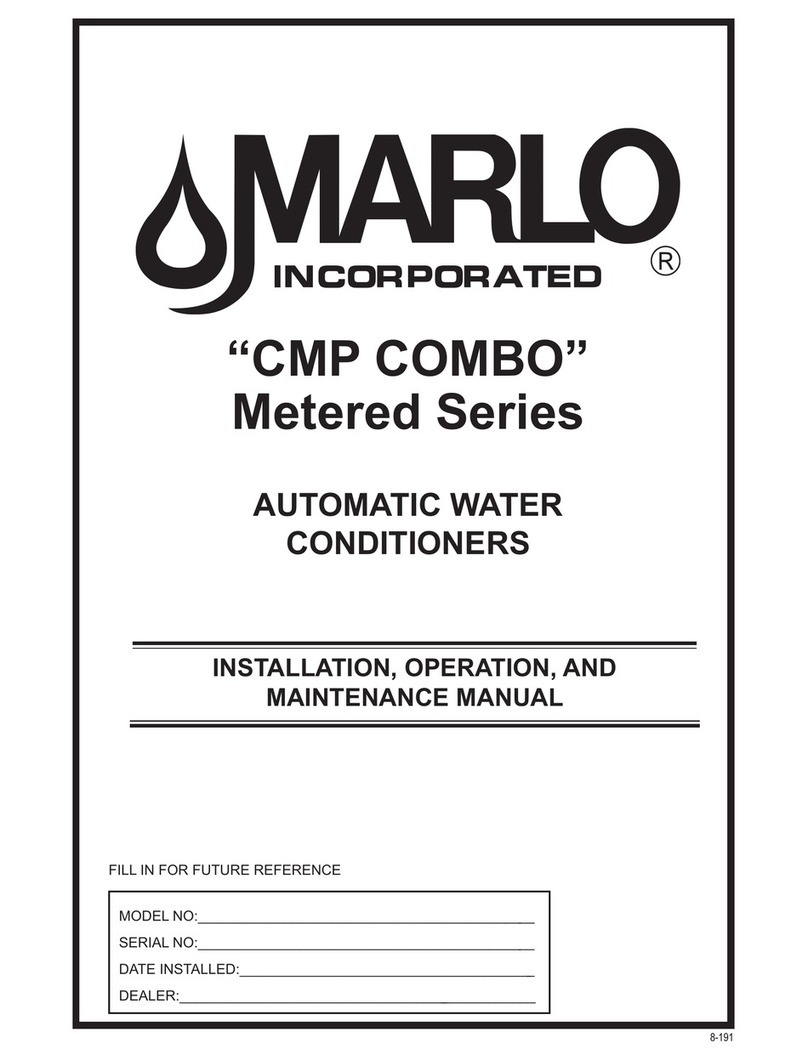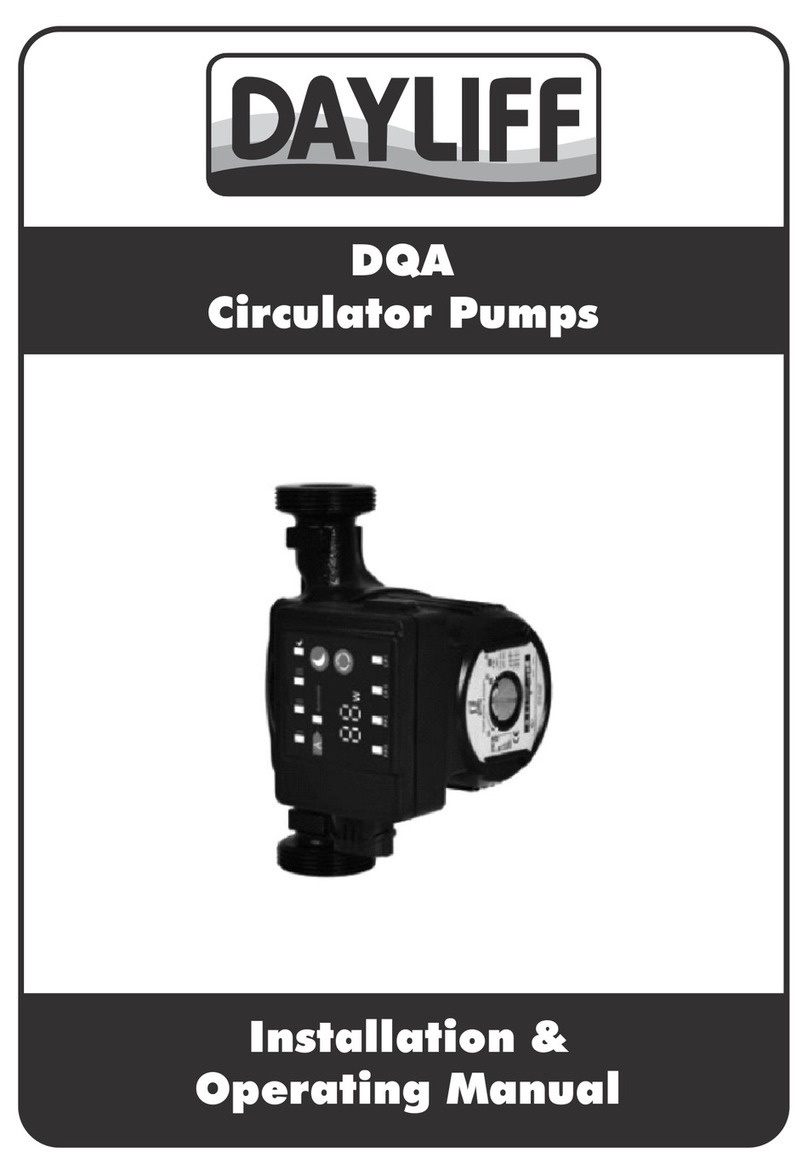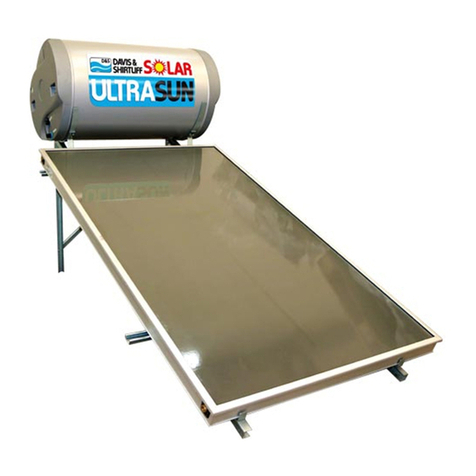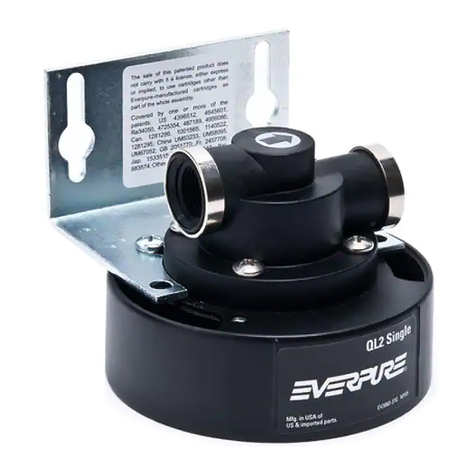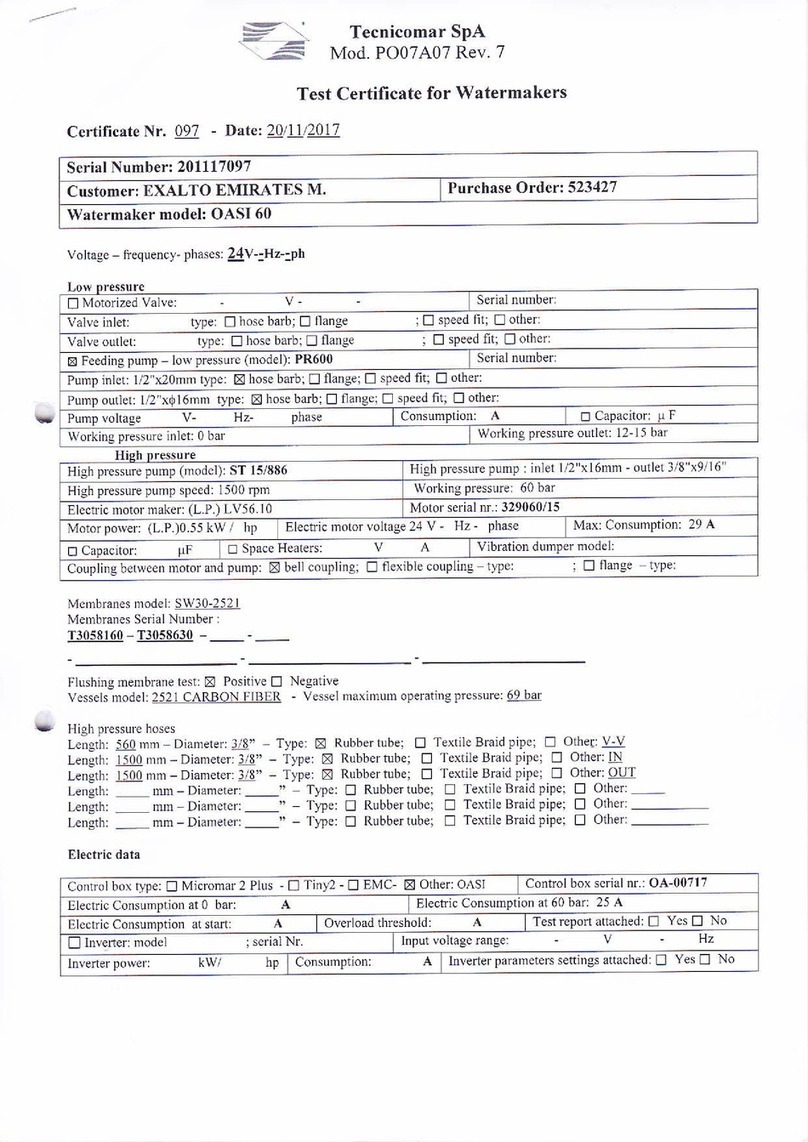
Instructions for the installation, use and maintenance of Tecnicomar watermaker
TABLE OF CONTENTS
1Storage prior to unpacking and packaging content............................................................................................1-6
1.1 Storage prior to unpacking..............................................................................................................................1-6
1.2 Checking packaging content............................................................................................................................1-6
2Process description and system components identification................................................................................2-9
3Installation Procedure.........................................................................................................................................3-11
3.1 Components supplied by owner .....................................................................................................................3-11
3.2 Plumbing connections....................................................................................................................................3-11
3.3 Power connection ..........................................................................................................................................3-12
4First Start-up procedure .....................................................................................................................................4-15
4.1 Shut down procedure .....................................................................................................................................4-16
4.2 TINY 2 microprocessor control box. Description and operation...................................................................4-16
5Routine operation ................................................................................................................................................5-18
5.1 Routine operation (c/w automatic pressure regulator device).......................................................................5-18
5.2 Routine operation (c/w manual pressure regulator device)...........................................................................5-18
5.3 Manual running mode (c/w automatic pressure regulator device)................................................................5-19
5.4 Operation in low- or high-salinity areas .......................................................................................................5-19
5.5 Operation in cold areas.................................................................................................................................5-19
6Special procedures...............................................................................................................................................6-20
6.1 System normal operation. ..............................................................................................................................6-20
6.2 Emergency operation.....................................................................................................................................6-20
6.3 Preservation of membrane modules in very cold areas.................................................................................6-22
6.4 Optionals........................................................................................................................................................6-22
6.4.1 Automatic flushing system ....................................................................................................................6-22
6.4.2 Remote control.......................................................................................................................................6-23
6.4.3 Touch screen..........................................................................................................................................6-23
6.4.4 UV sterilizer...........................................................................................................................................6-23
6.4.5 Multimedia sand filter or TFD filter ......................................................................................................6-23
7Maintenance.........................................................................................................................................................7-24
7.1 Ordinary Maintenance...................................................................................................................................7-24
7.1.1 Preservation and care of the semipermeable membrane modules..........................................................7-24
7.1.2 High-pressure circuit..............................................................................................................................7-24
7.1.3 Oil changing in the CAT high-pressure pump .......................................................................................7-24
7.1.4 Prefilters maintenance............................................................................................................................7-25
7.1.5 Carbon filter replacement ......................................................................................................................7-25
7.2 Extraordinary maintenance ...........................................................................................................................7-26
7.2.1 Replacement of membrane modules......................................................................................................7-26
7.2.2 Salinity and temperature sensors (M+M1).............................................................................................7-26
7.3 Long-period shut down procedure.................................................................................................................7-26
7.3.1 In case of automatic pressure regulator device ......................................................................................7-26
7.3.2 In case of manual pressure regulator device ..........................................................................................7-27





















